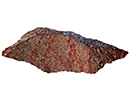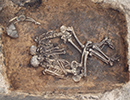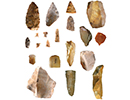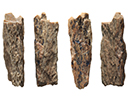Bronze Age Plague
Samara, Russia
January/February 2019
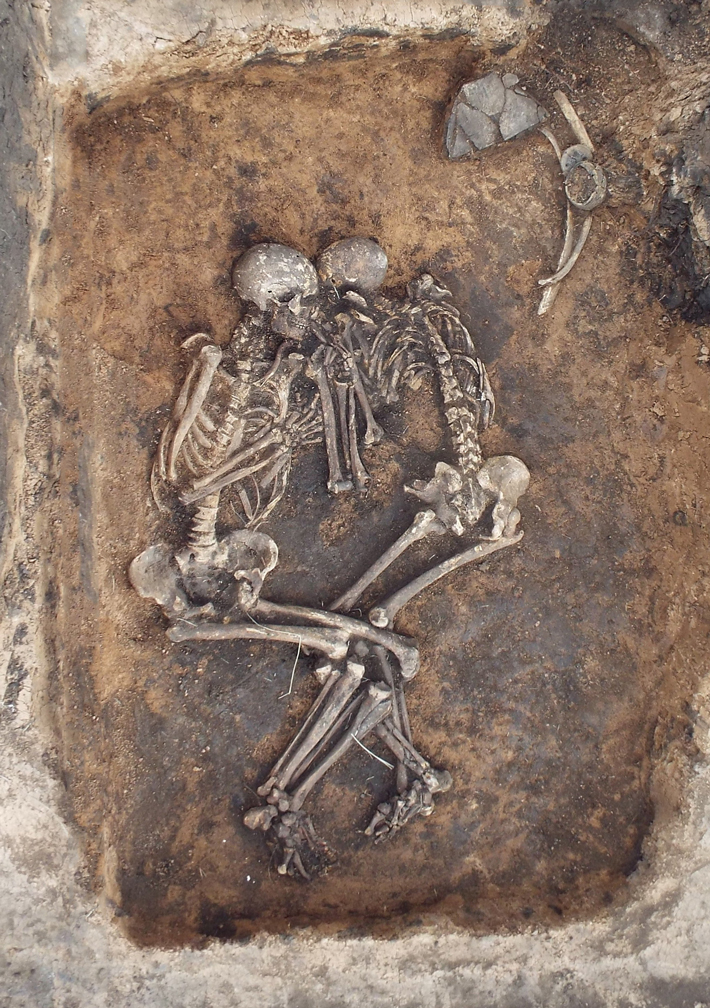 The bacterium that causes bubonic plague, Yersinia pestis, has been responsible for some of the most devastating pandemics in history, including the Black Death, which killed more than half of Europe’s population in the fourteenth century. The first recorded outbreak was the sixth-century A.D. Justinian Plague, but researchers have now found evidence that a virulent form of the bacterium was circulating at least as early as 1800 B.C.
The bacterium that causes bubonic plague, Yersinia pestis, has been responsible for some of the most devastating pandemics in history, including the Black Death, which killed more than half of Europe’s population in the fourteenth century. The first recorded outbreak was the sixth-century A.D. Justinian Plague, but researchers have now found evidence that a virulent form of the bacterium was circulating at least as early as 1800 B.C.
The team sequenced the genomes of Y. pestis recovered from two Bronze Age skeletons—one male and one female—buried together in southwestern Russia. They determined that the strain with which the pair was infected had developed mutations that allowed it to be carried by fleas. Researchers are unsure how earlier known strains of the bacterium were spread, but they are certain that fleas spread plague efficiently, allowing it to reach pandemic levels. “We know of a lot of historical outbreaks of disease for which the causes have not yet been identified,” says Maria Spyrou of the Max Planck Institute for the Science of Human History. “Now that we know that Y. pestis has been capable of causing epidemics in humans for the past 4,000 years, we have to start screening more material to determine whether it could have been involved.” The team hopes to find evidence of early plague outbreaks that have gone unrecorded.

